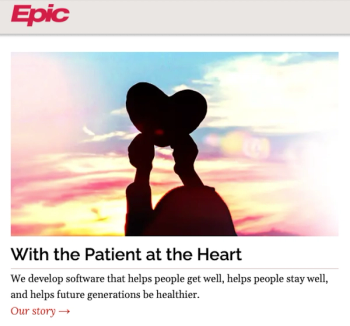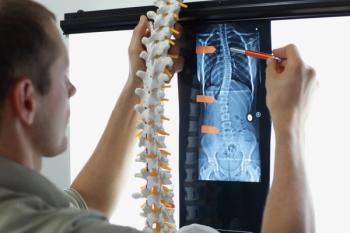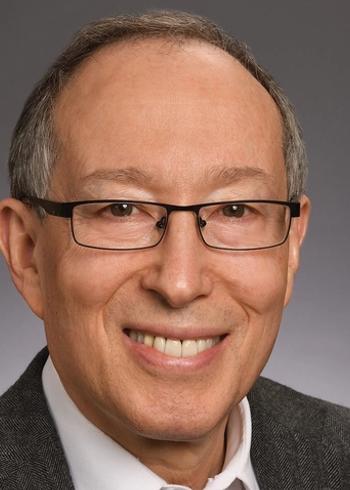
$100,000 H-1B visa fee would hit rural and high-poverty counties hardest, study finds
Key Takeaways
- The $100,000 H-1B visa fee impacts healthcare access in rural and high-poverty areas, where international physicians are more prevalent.
- H-1B-sponsored physicians, though a small workforce percentage, are vital in underserved regions, especially in primary care and psychiatry.
New JAMA analysis estimates more than 11,000 physicians on H-1B visas in FY 2024; reliance nearly doubles in rural areas and quadruples in the poorest counties.
A new research letter published Wednesday in
The analysis comes weeks after President Trump’s Sept. 19 announcement that created a $100,000 payment requirement for new H-1B petitions.
“Our findings suggest that the most socioeconomically vulnerable communities will be hit hardest in terms of
Senior author Rishi K. Wadhera, M.D., M.P.P., M.Phil., associate director of the Smith Center for Outcomes Research at Beth Israel Deaconess Medical Center, added: “Our study provides evidence supporting proposed exemptions from H-1B visa fee increases for physicians, along with their extension to other health care workers.”
What the study found
Using Department of Labor Condition Applications for FY 2024 and county-level workforce counts, the authors estimated H-1B-sponsored clinicians accounted for:
- 0.97% of physicians (11,080 of 1,138,056)
- 0.02% of advanced practice providers (APPs) (122 of 641,605)
- 0.40% of dentists (1,004 of 251,551)
- 0.07% of other health professionals (132 of 181,495)
Reliance was uneven. The percentage of H-1B-sponsored physicians was nearly two times higher in rural compared with urban counties, and nearly four times higher in the highest-poverty versus the lowest-poverty counties.
International physicians disproportionately help fill gaps in primary care and psychiatry and often practice in areas with persistent shortages.
Policy context
On Sept. 19, the White House issued the proclamation “
Since then, leading medical groups have urged federal officials to create health care exemptions.
On Sept. 25, the
On Sept. 26, the
On Sept. 29, the
What to watch
Budget impact. A six-figure payment on new H-1B petitions materially changes the recruitment math for independent practices, rural hospitals and community health centers. Refresh workforce plans and hiring timelines.
Exemptions and guidance. Monitor DHS/USCIS guidance on national-interest exemptions and any sector-specific clarifications for physicians, residents and fellows.
Local exposure. Rural counties and those with higher poverty levels show greater measured reliance on H-1B-sponsored physicians; leaders there may see longer time-to-fill and should consider contingency staffing plans.
The bottom line
International clinicians are a small share of the overall workforce, but a larger share where access to care is most fragile.
With a $100,000 H-1B fee now in effect for new petitions — and exemptions under active consideration — staffing strategies in rural and high-poverty counties may require immediate adjustment to avoid widening care gaps.
Newsletter
Stay informed and empowered with Medical Economics enewsletter, delivering expert insights, financial strategies, practice management tips and technology trends — tailored for today’s physicians.














